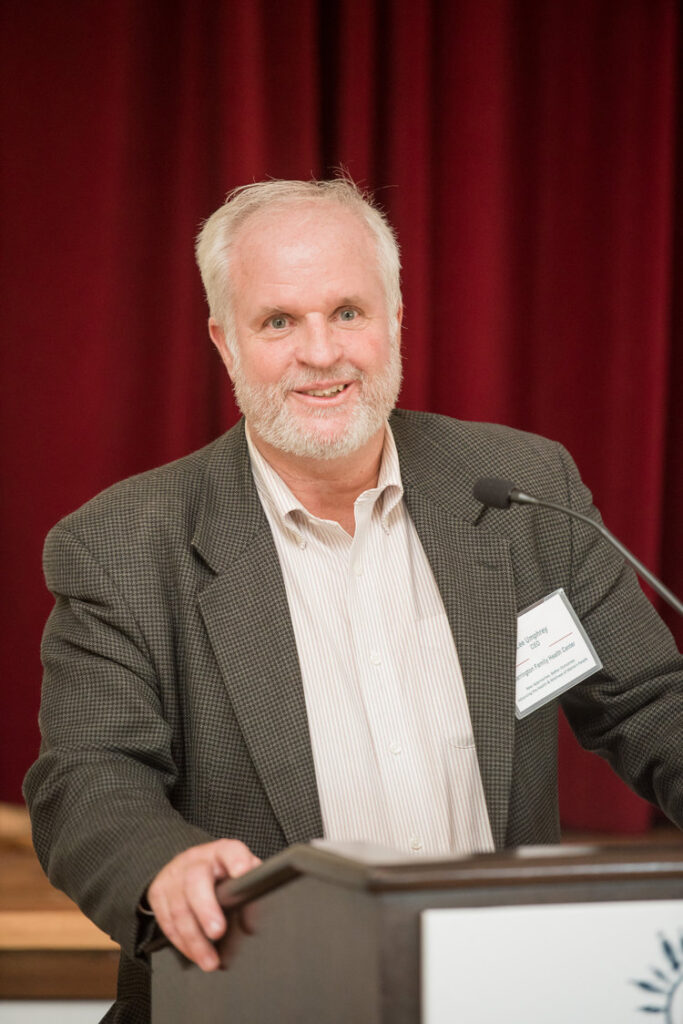Maine’s poorest county is researching ways to be less isolated
Posted on June 28, 2022 | News
Valerie Royzman, Piscataquis Observer
The Eastern Maine Development Corp. and area partners will use more than $445,000 in federal funding to study transportation options that will better connect Piscataquis and Penobscot counties.
The U.S. Department of Transportation announced about $16.2 million in grants for 40 projects last week — including $445,290 for the Eastern Maine Development Corp., the only group to receive funding in Maine.
Transportation is a barrier for many residents in a place like Piscataquis — the poorest and one of the most rural and sparsely populated counties in Maine. Eastern Maine Development Corp. will work with Piscataquis and Penobscot counties and the University of Maine’s Margaret Chase Smith Policy Center on two planning studies that will look at the issue.
The point is to increase access to affordable transportation and to connect people to the resources they need but may not have in their small towns, Eastern Maine Development President and CEO Lee Umphrey said.
The planning studies will assess a variety of options, including new transit routes, telecommuting and innovative ways to reduce greenhouse gas emissions, according to the project description. The Eastern Maine Development Corp. applied for the Areas of Persistent Poverty grant a year ago.
The grants are to be used for planning, engineering and technical studies or financial plans to improve transit in marginalized communities and low-income areas as defined by the U.S. census, according to the Federal Transit Administration.

The COVID-19 pandemic shined a spotlight on transportation shortfalls, Umphrey said. Although connectivity increased with online meetings and telehealth options, rural communities sometimes remained isolated, he said.
“There’s a disconnect in Maine,” he said. “There’s no public transportation [system] really.”
The transportation planning studies will explore climate-friendly options, Umphrey said. The Eastern Maine Development Corp. received $200,000 from Gov. Janet Mills’ Office of Policy and Innovation and the Future in March as part of planned efforts to fight climate change.
The Margaret Chase Smith Policy Center will use a countywide survey Penobscot County is doing as a resource, Umphrey said. This will help the development corporation and key partners involved come up with an action plan.
“Everything we do, we want to see outcomes,” he said. “I want to come up with tangible ideas and objectives that we’re going to follow.”
Too many organizations and government entities spend lots of time processing and thinking and rarely acting on information, Umphrey said. The key is to not let the planning studies sit on a shelf and to encourage lawmakers to introduce legislation focused on expanding transportation options, he said.
Former state representative Stephen Stanley, who was on a committee of stakeholders formed about two years ago to discuss transportation, said he’d like to see figures on how many people travel from Bangor and nearby places to Piscataquis County for jobs.
Transportation is key for workers traveling between Penobscot and Piscataquis because sometimes their workplace isn’t located near housing or child care facilities, all of which are limited these days, he said.
With gas prices rising, affordable transportation has become increasingly important, he said.
The economic development nonprofit wants to hire a transportation planner to lead the project and convene with partners across the region, and work is likely to begin this summer, Umphrey said.
The Piscataquis County Economic Development Council, Moosehead Lake Region Economic Development Corp., city of Bangor and Bangor Area Comprehensive Transportation System will also be involved.



